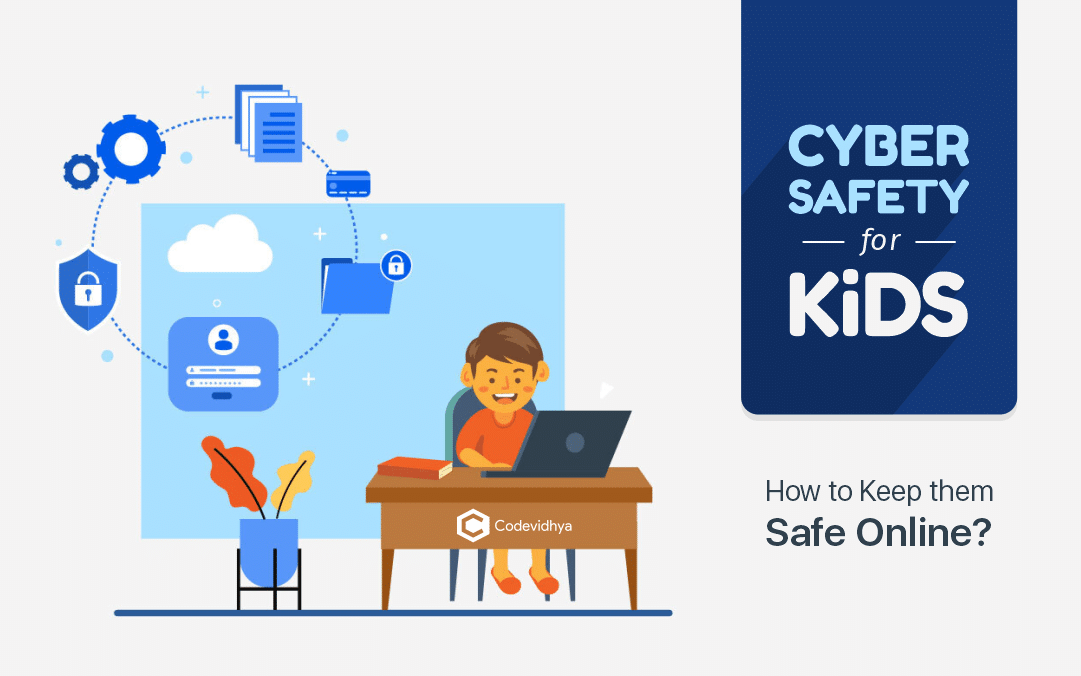As a parent in today’s digital world, keeping your kids safe online can feel like a full-time job. The internet is an amazing place for learning, playing, and staying connected, but it’s also a space where risks and dangers lurk. From oversharing personal information to stumbling upon inappropriate content, the potential pitfalls are many. Fortunately, there are practical steps you can take to help your children navigate cyberspace safely, starting with understanding the importance of privacy settings and using tools like phone monitoring apps.
Privacy Matters: Teaching Kids to Keep Information Private
One of the first lessons to teach your children about online safety is the importance of keeping personal information private. Kids are naturally curious and often eager to share details about their lives, but in cyberspace, oversharing can lead to unintended consequences. Personal information like full names, addresses, phone numbers, and even school names should be kept confidential.
Explain to your children that not everyone they meet online is who they claim to be, and some people might try to use personal information in harmful ways. To protect their privacy, they should avoid sharing sensitive details in chats, on social media, or in online games. You can reinforce this lesson by going through your family’s privacy settings together, ensuring that social media accounts are set to private and that only friends and family can see your kids’ posts and profiles.
To add another layer of protection, consider using a phone monitoring app for parents. These apps allow you to keep an eye on your child’s online activities, including the apps they download, the websites they visit, and the people they communicate with. By monitoring their digital footprint, you can catch potential issues early and guide them towards safer online behavior.
Cover Those Webcams: An Easy Step for Better Security
Webcams are a wonderful tool for staying connected with family and friends, especially if you have loved ones living far away. However, they can also be a gateway for unwanted intrusions if not properly secured. Hackers can gain access to webcams remotely, turning them on without the user’s knowledge. It’s a scary thought, but the good news is that it’s easy to prevent.
Teach your children to keep their webcams covered when not in use. This can be as simple as placing a piece of tape or using a webcam cover designed for this purpose. Make it a habit for the whole family—after all, it’s a quick and simple step that significantly enhances your home’s digital security. Additionally, remind your kids to only video chat with people they know and trust, and to always be mindful of what they say and do while on camera.
Parental Controls: Keeping Younger Children’s Online Experiences Positive
For younger children, the internet can be a magical place full of fun and educational content. However, it’s also easy for them to accidentally stumble upon something that’s not age-appropriate. That’s where parental controls come in. These tools allow you to manage the content your kids can access, ensuring their online experiences remain safe and positive.
One of the simplest forms of parental control is enabling safe search on your children’s devices. Safe search filters out explicit content from search engine results, making it less likely that your child will encounter inappropriate material. Many devices and apps also offer built-in parental controls that allow you to block certain websites, set screen time limits, and monitor usage.
When setting up these controls, involve your kids in the process. Explain why you’re doing it and how it helps keep them safe. This not only helps them understand the importance of online safety but also builds trust, showing them that you’re not just restricting their activities—you’re protecting them.
Encouraging Open Communication
No matter how many safety measures you put in place, the most effective tool for keeping your kids safe online is open communication. Make sure your children know that they can come to you with any questions or concerns about their online experiences. If they encounter something that makes them uncomfortable, they should feel safe telling you about it.
Regularly talk to your kids about what they do online. Ask them about the games they play, the videos they watch, and the people they interact with. These conversations will help you stay informed about their online activities and provide opportunities to guide them on safe internet practices.
It’s also important to discuss the concept of digital footprints with your kids. Help them understand that everything they post online can be traced back to them and that once something is posted, it’s nearly impossible to completely erase it. Encourage them to think carefully before sharing anything online, and to always ask themselves whether it’s something they would want their future selves, or a potential employer, to see.
Balancing Independence and Safety
As kids grow older, they’ll naturally want more independence online. It’s important to strike a balance between giving them the freedom to explore and ensuring they’re safe. Gradually relax parental controls as your children demonstrate responsible online behavior, but continue to keep an eye on their activities through regular check-ins and the use of monitoring tools if necessary.
Teach your teens about the risks of interacting with strangers online and the importance of setting strong, unique passwords for their accounts. Encourage them to use two-factor authentication wherever possible and to be cautious about the apps they download and the permissions they grant.
Leading by Example
Finally, one of the best ways to teach your kids about online safety is by modeling good behavior yourself. Practice what you preach when it comes to privacy settings, password management, and online etiquette. Show your kids that you also take steps to protect your personal information and be mindful of what you share online.
When your kids see you making smart choices in cyberspace, they’re more likely to follow suit. After all, online safety is a family affair, and by working together, you can create a secure digital environment for everyone in your household.
Conclusion: Empowering Your Kids to Be Safe Online
Keeping your kids safe in cyberspace is an ongoing effort that requires a combination of education, tools, and open communication. By teaching them to keep personal information private, covering webcams, using parental controls, and maintaining an open dialogue about their online activities, you can help your children navigate the digital world with confidence.
As technology continues to evolve, so too will the challenges of keeping kids safe online. But by staying informed, setting a good example, and being proactive, you can empower your children to make smart decisions in cyberspace—today and in the future.



